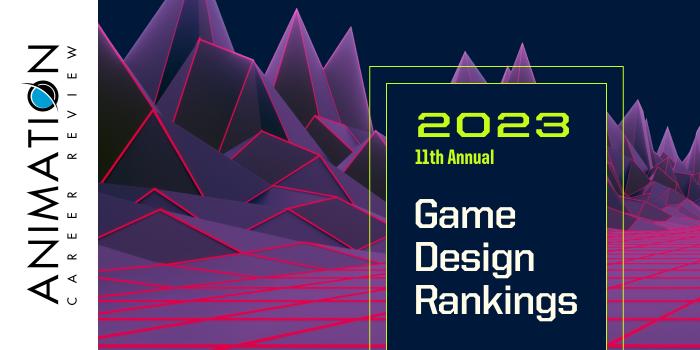The College of Engineering and the College of Arts and Sciences at The Ohio State University (OSU) provide several pathways to study games.
In the OSU College of Engineering, options include BS, MS, and PhD degrees in Computer Science (CS). A Computer Graphics and Game Design Concentration is available. In the College of Arts and Sciences, the Department of Art has BA and BFA Programs in Art with a Specialization in Art & Technology. The specialization explores art games, 3D modeling and animation, emerging forms, moving images, sound, and more.
Also housed in the College of Arts and Sciences is the Department of Design, which has an MFA Program with a Digital Animation and Interactive Media (DAIM) Track and a Design Research and Development (DRD) Track. The DAIM Track requires 12 studio elective credits and six credits of interdisciplinary electives, allowing plenty of opportunities to create a focus in games. The DRD Track is a collaborative, interdisciplinary program that encourages study across departments, research areas, and themes. Open electives provide additional opportunities to explore games. The Department of Design also offers a 15 credit hour minor in Game Studies which introduces students to an interdisciplinary approach to understanding what games are, how they are made, how to interpret games as critical narratives, and how to understand the roles they play in society.
Examples of possible elective courses across all programs and departments include Games Virtual Modeling, Game Design I-II, Video Game Music, Esports and Game Studies, Computer Game Art and Design, Video Games and Society, Computational Thinking in Context: Game Development or Images, Animation, Screenwriting, Art and Technology, Philosophy and Videogames, Artificial Intelligence (AI), and Computer Vision for Human-Computer Interaction (HCI).
Graduates of the Art, Design, and CS Programs at The Ohio State University are prepared to pursue positions in entertainment, technology, art, and engineering, among others. Potential job titles include Game Designer, CG Specialist, Motion Graphic Designer, Interaction Designer, Software Programmer, Virtual Reality Designer, Design Strategist, User Interface/User Experience Designer (UI/UX), and Human-Computer Interaction (HCI) Designer.
The Ohio State University was established in 1870 as Ohio Agricultural and Mechanical College. The school serves close to 67,800 students across six regional campuses including Columbus (main), Lima, Mansfield, Marion, Newark, and OSU’s Agricultural Technical Institute in Wooster. More than 200 majors, minors, and specializations are offered in 18 colleges and schools. The Ohio State University is accredited by the Higher Learning Commission (HLC).







